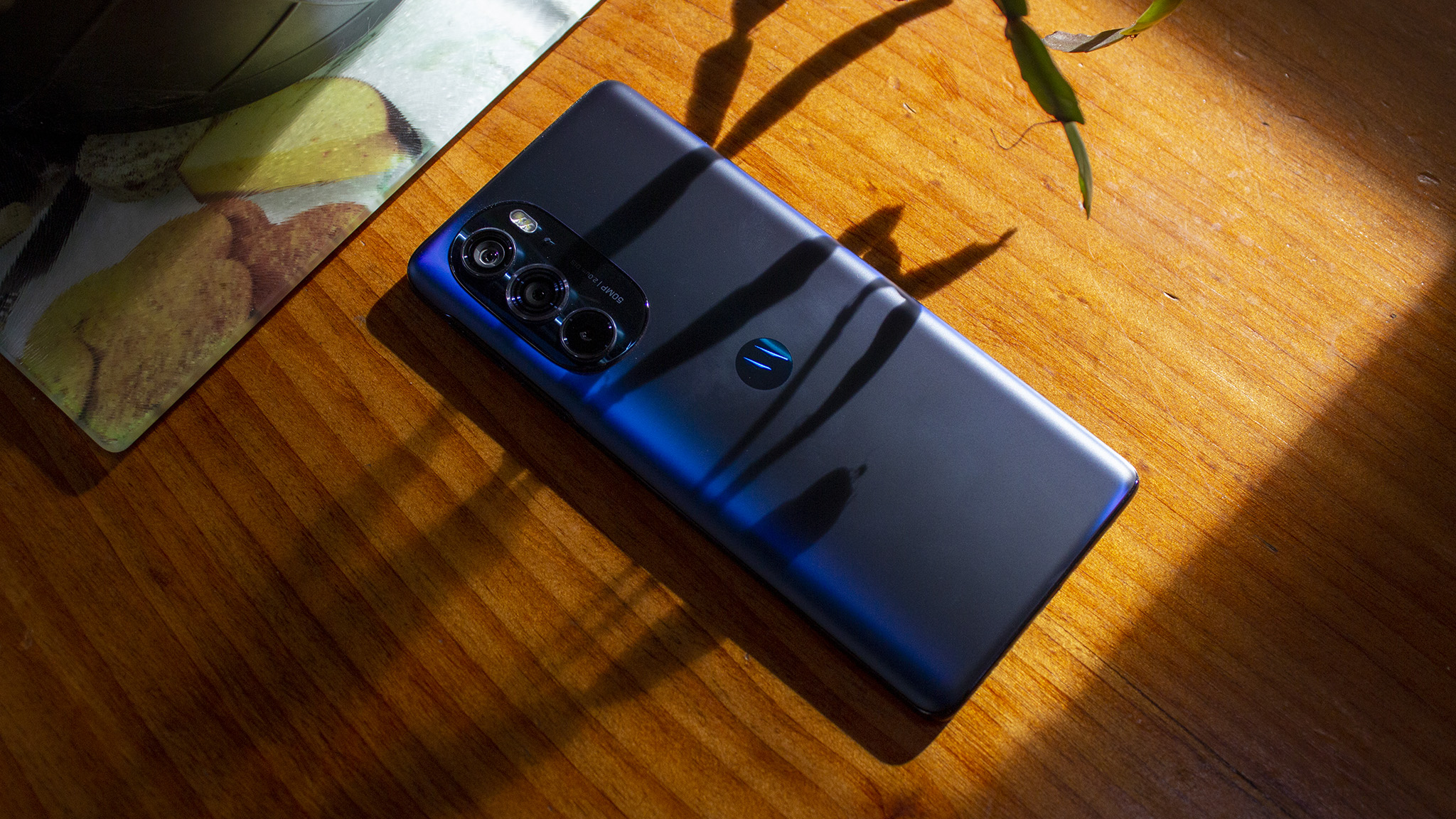Android Central Verdict
The Motorola Edge+ (2022) might be the closest Motorola has come to making a true flagship phone in a while, but its shortcomings and relatively high price cause it to fall hopelessly flat. Motorola has some good bones in the software — which is a much more feature-rich and customizable Android 12 than Google offers — but the company seems to have forgotten the rest of the basics required for this pricepoint.
Pros
- +
Fingerprint sensor is phenomenal
- +
Beautiful 144Hz display
- +
My UX is feature-rich
- +
More customizable than stock Android 12
- +
30W charger included in the box
Cons
- -
MSRP is high
- -
Mediocre camera with no telephoto lens
- -
Low water and dust resistance rating
- -
Stylus is an afterthought
- -
Verizon version has tons of pre-installed bloatware
- -
Half the promised updates of Samsung or Google
Why you can trust Android Central
It’s been a little while since we’ve seen a true flagship device from Motorola in the U.S., but the Motorola Edge+ (2022) promises to make up for the gap in time. While 2021 was filled with budget-friendly phones and mid-range devices from Motorola, the Edge+ debuts with the fastest mobile processor available on Android, a cutting-edge 144Hz OLED display, and Motorola’s version of Android 12.
For me, it’s been years since a Motorola phone really made it to the top of my radar. Back in the days of the Moto X, the company was on fire with its hardware design and software smarts, both of which felt right in line with what people expected from the company. But the past few years have felt like a complete departure from those days. So far, this year doesn’t feel much different.
Unfortunately, for folks wanting a Motorola flagship that goes toe-to-toe with the juggernaut $1,000 phones from the likes of Google, Samsung, and even OnePlus, get ready to be disappointed. The Motorola Edge+ (2022) certainly falls short of expectations and, like last year’s plain ol’ Motorola Edge (2021), the Edge+ (2022) feels like it’s simply priced out of its league and has little hope of ever making the list of best Android smartphones.
Price and availability
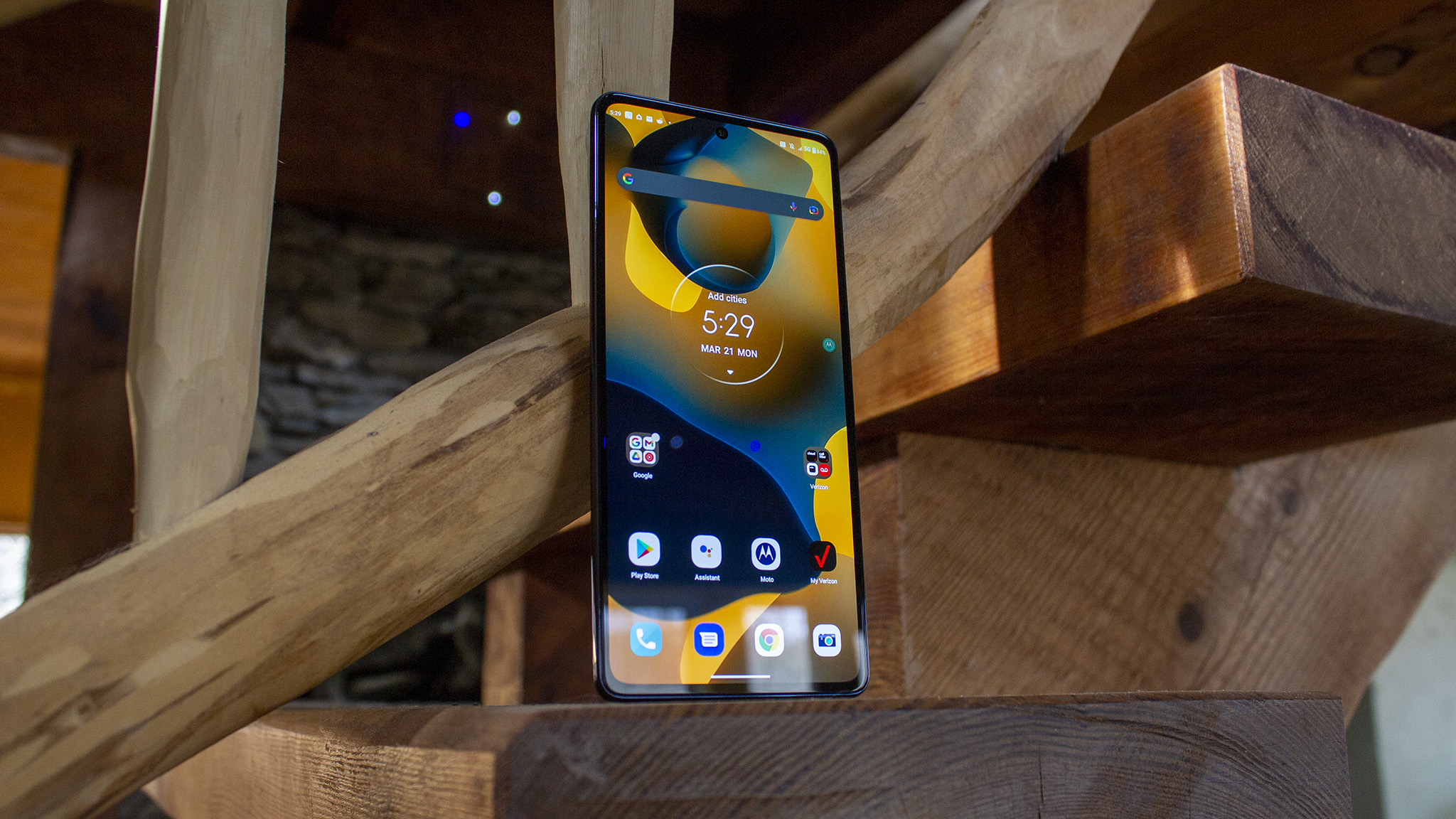
The Motorola Edge+ (2022) will be available universally unlocked at Best Buy, Walmart, Amazon, and Motorola’s website for a special introductory price of $899 on March 24. That’s $100 off the MSRP and fits in line with the promotional pricing Motorola did with 2021’s Edge phone.
Motorola will also be selling a Verizon-exclusive variant on March 24 starting at $23.61 per month for 36 months on a Verizon Device Payment plan. That brings the total to $849.96 at the end of the term. Verizon will also be offering significant discounts on the phone at launch, including a buy one get one free deal when you switch to Verizon or add a new line in an Unlimited plan.
Verizon will also be running trade-in promotions that will get customers up to $800 off a brand new Motorola Edge+ (2022). All Edge+ (2022) models come with mmWave 5G support, so this could be a great price advantage for Motorola at launch. Motorola and Verizon have not yet announced when this promotional pricing ends but say it will be available “at launch.”
| Category | Motorola Edge+ (2022) |
|---|---|
| Operating System | Android 12 with Motorola My UX |
| Chipset | Snapdragon 8 Gen 1 |
| Display | 6.7-inch pOLED display, 144Hz refresh rate |
| Memory | 8GB or 12GB |
| Storage | 128GB, 256GB, 512GB |
| Rear camera 1 (main camera) | 50MP, ƒ/1.8, 1.0μm (quad-binned to 2.0μm) |
| Rear camera 2 (ultra-wide angle camera) | 50MP, ƒ/2.2, 0.64μm (quad-binned to 1.28μm), 114-degree FoV |
| Rear camera 3 (depth camera) | 2MP, ƒ/2.4, 1.75μm |
| Front camera | 60MP, ƒ/2.2, 0.6μm |
| Battery | 4,800mAh, 30W wired charging, 15W wireless charging |
| Security | Fingerprint sensor (in power button) |
| Wireless | Bluetooth 5.2, 5G mmWave & sub-6GHz |
| Dimensions | 163.06mm x 75.95mm x 8.79mm |
| Weight | 196g |
| Water and dust resistance | IP52 |
| Colors | Cosmos Blue and Stardust White |
Build and design
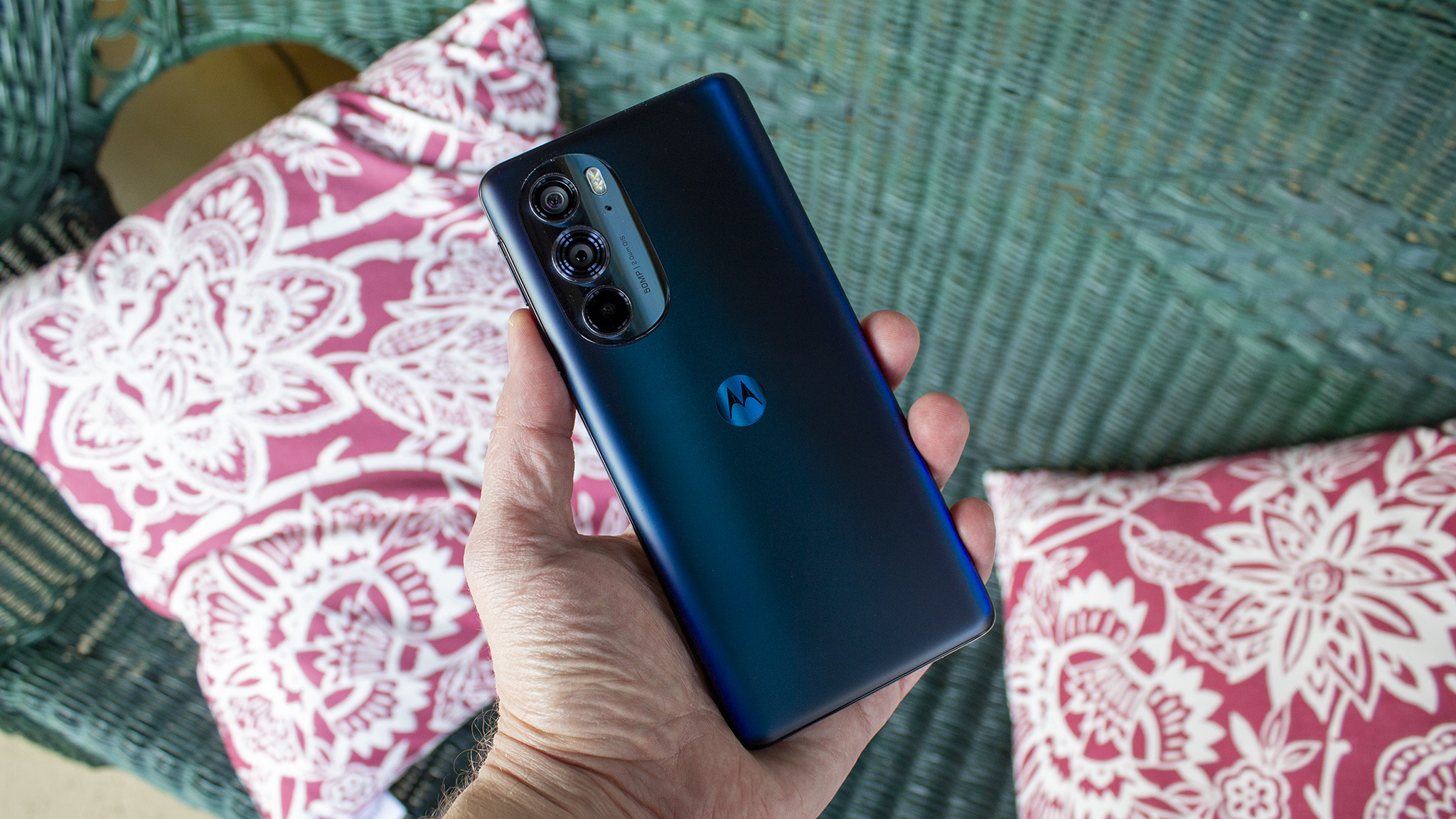
Before I begin talking about the positives and negatives of the phone’s design, I need to start with the fact that Motorola thought it was okay to launch a $1,000 phone in 2022 with an IP52 water and dust resistance rating. If there was any question here, the answer is that this is simply not an okay practice. In 2022, even the $430 iPhone SE is IP67 rated, and foldable phones are now water-resistant, even if they aren’t dustproof. Motorola should have at least guaranteed an IP67 rating on this phone for this price.
Motorola thought it was okay to launch a $1,000 phone in 2022 with an IP52 water and dust resistance rating.
Like the Motorola Edge that launched last Fall, the Edge+ (2022) features a curved glass back and a flat glass display. This makes it feel a bit counter to what the original intentions of the “edge” name were — namely, having curved glass edges — but this is a more consumer-focused design than that as it makes it easier to get good tempered glass screen protectors for the phone.
The fingerprint scanner, which is located in the power button, is awesome and is probably my single favorite part of the phone’s build. It’s extremely responsive, and can be customized to either require a key press before unlocking or can instantly unlock when you touch it. Considering how annoying some fingerprint scanners are these days, it’s wonderful to see Motorola sticking with something that works perfectly.
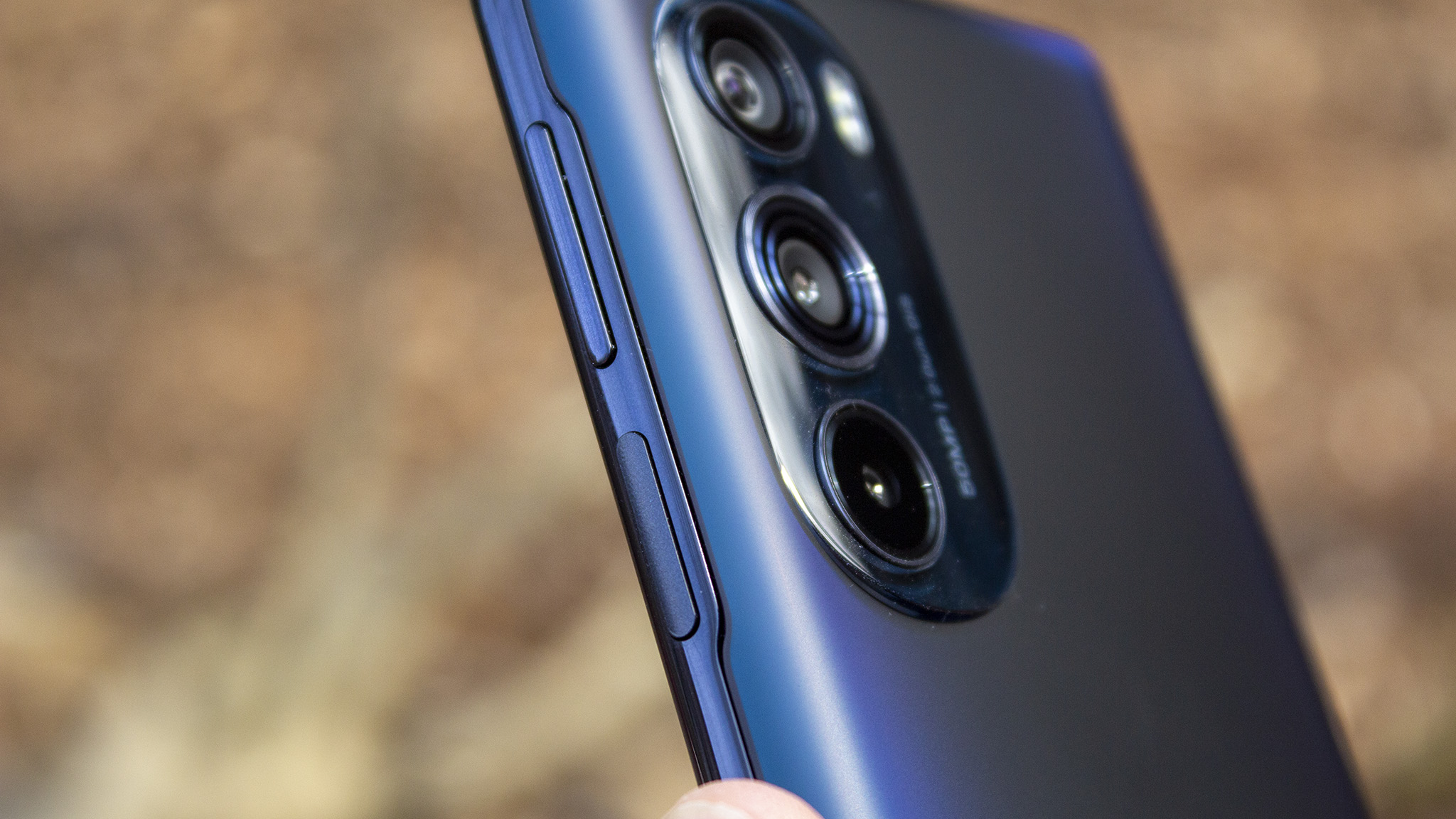
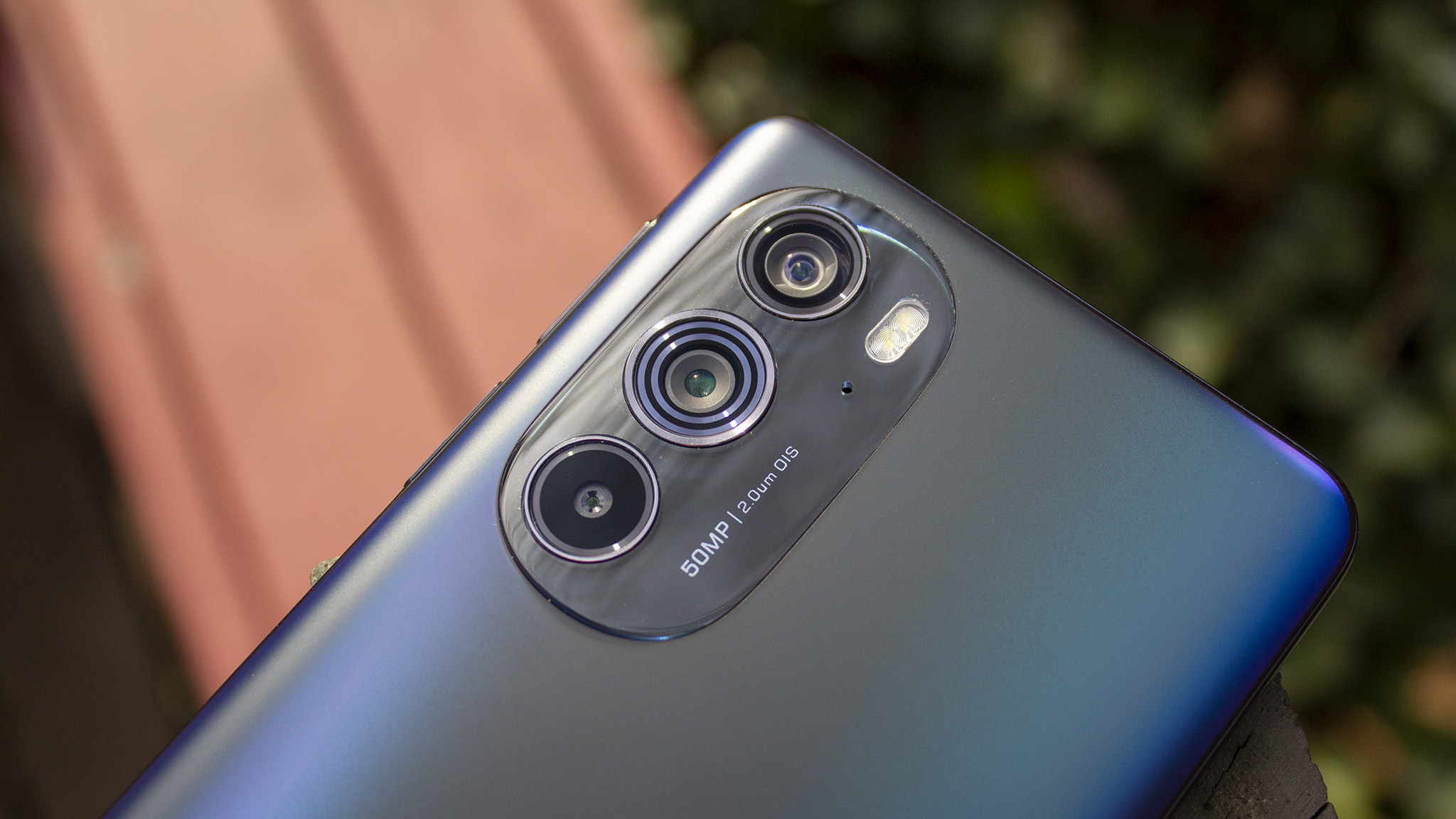
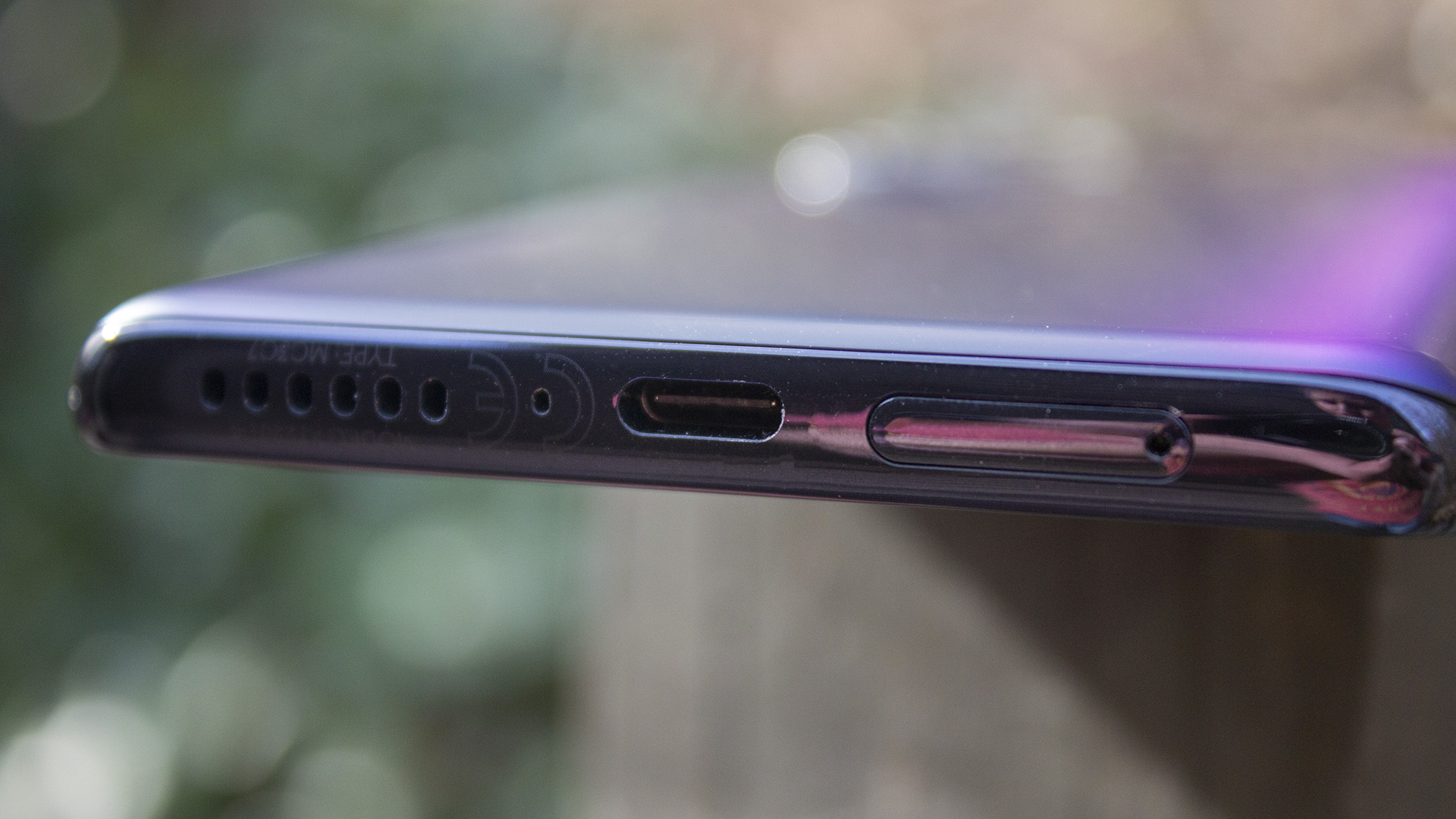
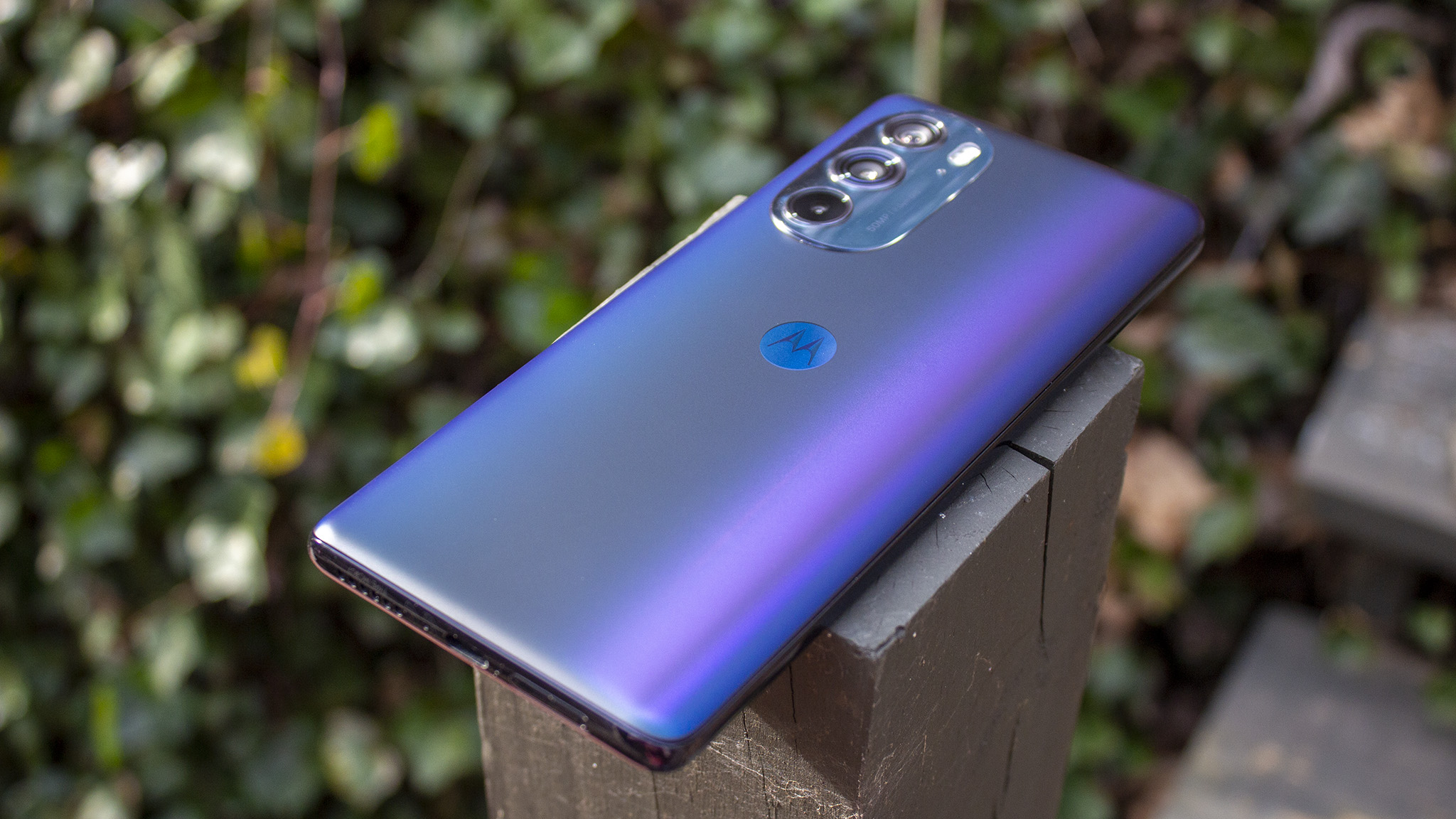
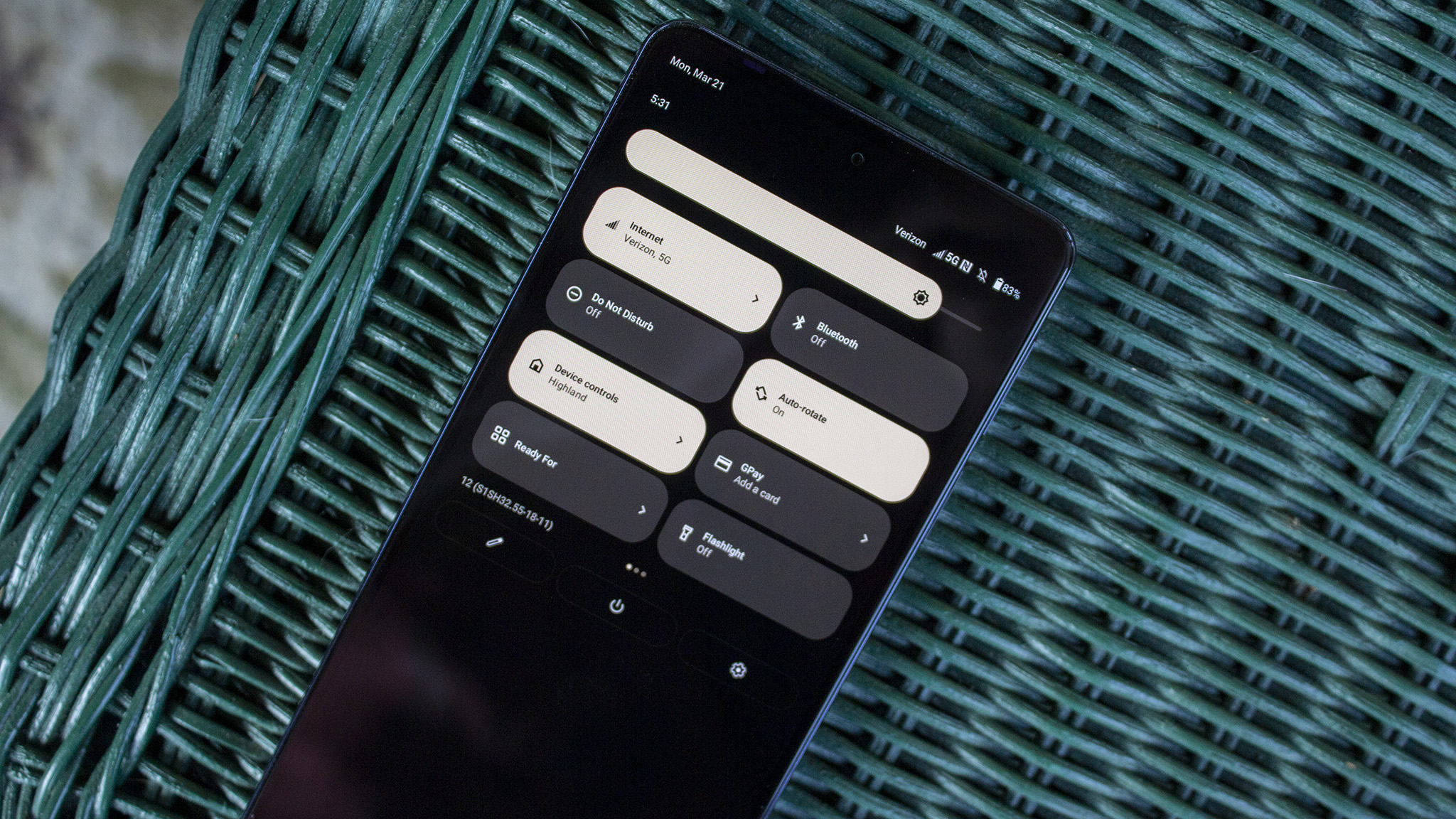
But the rest of the build feels a bit light and cheap. Some other phones, like the Pixel 6, also feel light — even they aren’t actually light — but don’t come across as feeling cheap. Probably not something you’ll notice when it’s in a case but it’s an obvious differentiator between it and other phones in this price range.
Speaking of cases, Motorola announced an optional Folio Case with Stylus at the initial announcement of the Motorola Edge+ (2022). While I was quite happy with this announcement I, unfortunately, have not had access to the case or stylus for this review.
Given the unlocked price of the phone, Motorola really should have included this with the phone as an obvious value add proposition. It’s an afterthought that’s terribly unfortunate for Motorola and its ambitions to once again become a notable flagship phone maker.
Performance and battery life

If there’s any specific area where Motorola’s design for this phone comes into question, it’s while gaming. It’s already been suggested that the Snapdragon 8 Gen 1 runs a bit hotter than the previous year’s Snapdragon 888 processor, but you can really feel that reality on the Motorola Edge+ (2022).
After playing Fortnite for just a few minutes, the display of the Edge+ got quite hot. After 30 minutes of play, the display was extremely hot and uncomfortable to touch. It’s not going to give you burns or anything, but it’s definitely not pleasant to play on if you’re just using the touch screen. Folks using a controller likely won’t notice it at all.
After 30 minutes of play, the display was extremely hot and uncomfortable to touch.
What you will notice, however, are the wide gulfs between times where the phone performs like a champ, and the times where it’s obviously throttling the clock speed back to cool the phone down.
According to lab-test results from our parent company, Future, it looks like Motorola suped-up the Snapdragon 8 Gen 1 in the Edge+ (2022) just a bit compared to the Galaxy S22 family. Compared to the Galaxy S22+, the Edge+ (2022) regularly scored 5% better in benchmarks but, at least in my experience over the past week or so, it seems like that 5% means it has to scale back even further in order to dissipate the heat properly.
The real-world result of this means that, while playing a game like Fortnite or PUBG, you might experience hitching during firefights that could very well cause you to lose.
At least Motorola included a 30W charger in the box.
I also noticed the phone’s “automatic” refresh rate setting was a bit hit or miss, which made the phone feel artificially laggy. Setting the display to a consistent 60Hz or 144Hz helps fix these odd inconsistencies, which can pop up in both games and apps while using that automatic mode.
Despite some bleeding-fast performance all around, the phone’s battery life was quite good for me. I had no problem getting through a full day on a single charge, even with an hour of mobile gaming thrown into the mix. The inclusion of a fast 30W charger in the box was an added bonus, too, given that many OEMs have stopped including high wattage chargers in the box.
The results from the test labs of our parent company, Future, weren't quite so rosy. When setting the display to run at 144Hz, the phone lasted 6 hours 57 minutes on a full drain test. For comparison's sake, the Pixel 6 lasted just over 8 hours and 1 minute in the same test, while the Galaxy S22+ soared to the top at 10 hours 26 minutes.
Software
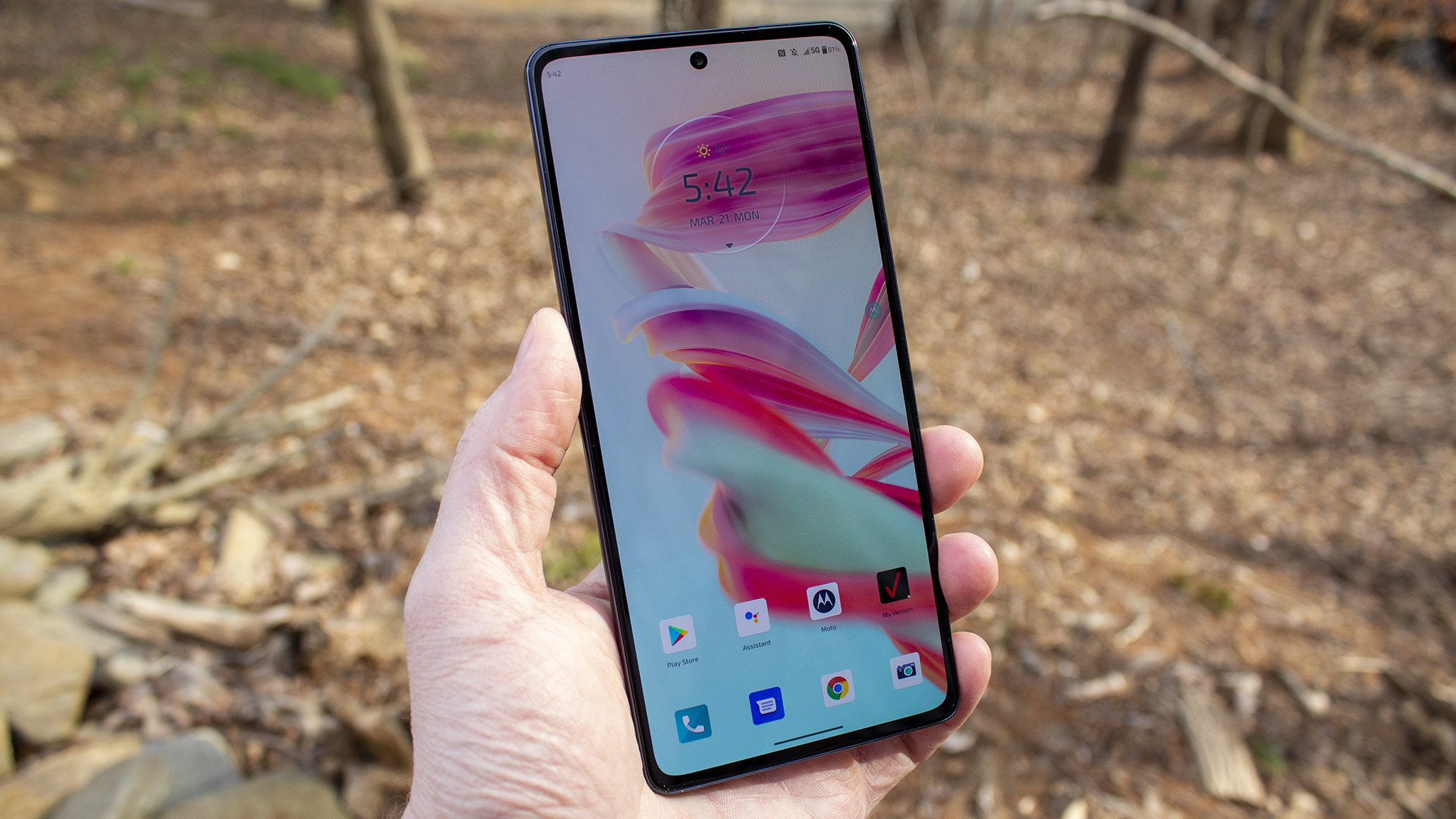
Software is simultaneously the best and worst part of a Motorola phone. It’s extremely light and fast, yet surprisingly customizable, and features a notable number of helpful quality of life features. Visually, it looks similar to the Pixel experience without lacking in features or options.
And while Motorola has committed to doing better with its updates schedule, it’s nowhere near the level Google or Samsung provides. Motorola promises two major Android updates and three years of security updates for this phone, while Samsung and Google provide four updates each plus an additional fifth year of security updates.
Not only that, but Motorola is only updating the security patches every other month while Google and Samsung deliver them monthly. That might not be the biggest deal in the world but it's still an example of an edge the competition has.
The Motorola Edge+ (2022) ships with Android 12 and will get Android 13 and 14 in its life span, plus an additional year of security updates. While this new Android 12 update sticks closer to Google’s design language in some areas, there are some other obvious parts of the OS where styles clash. While the overall UI skews more toward Pixel style, many of Motorola’s own custom apps are still on the “old” UI design, sporting gradients and older iconography all over the place.
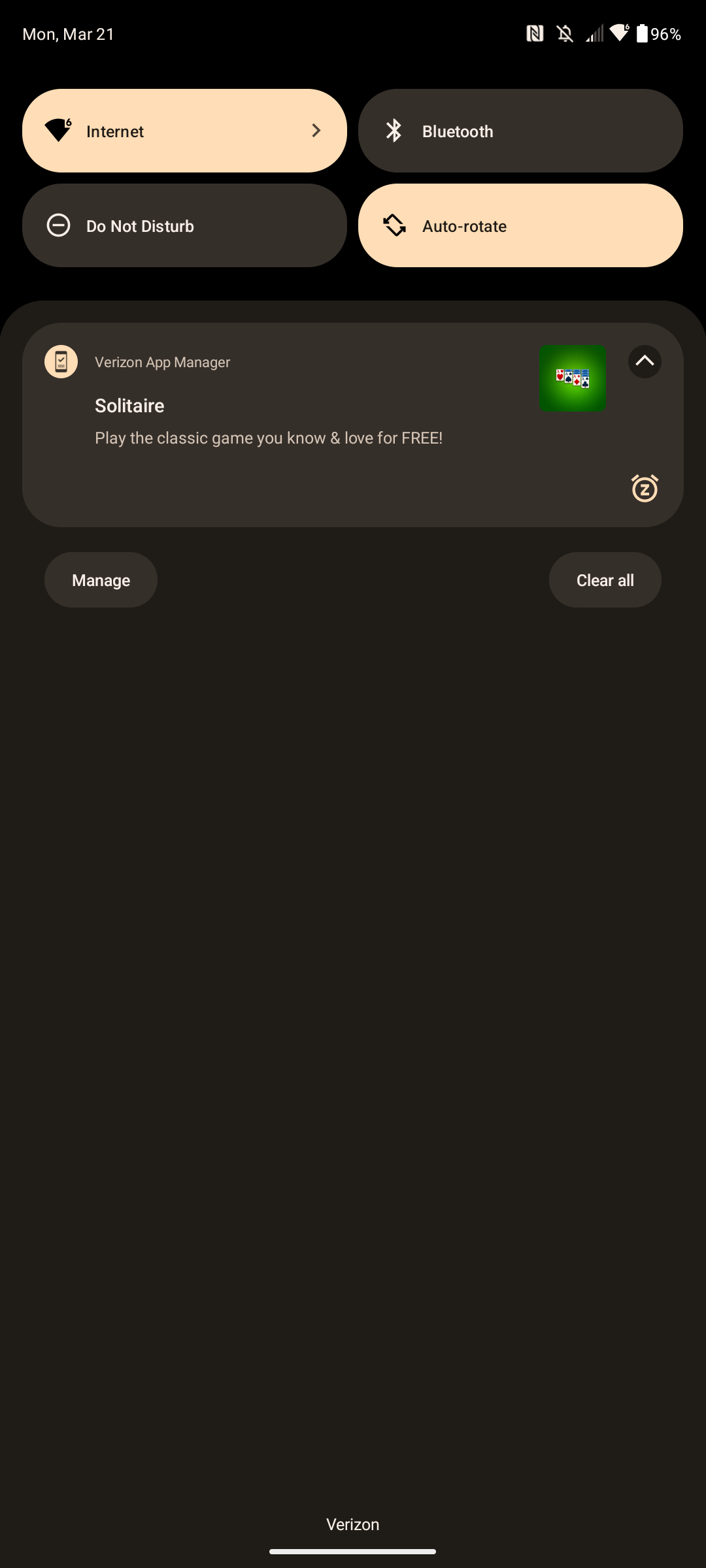
The Verizon version of the phone — which I have here for review — is filled to the brim with Verizon bloatware. Not much Moto can do here but it’s worth noting that you’re going to be inundated with prompts to set up all sorts of extra Verizon services, apps, and even see ads to download stuff like Solitaire from the Verizon App Manager.
It’s really ridiculous that Verizon adds all this extra nonsense on the phone when most of these things already exist from Google or other software partners. It also negates Motorola’s “light and fast” mantra.
Verizon Adaptive Sound makes a return here but your mileage will vary depending on what speakers or headphones you happen to be using. On my rather nice pair of Fluence Bluetooth bookshelf speakers, I noticed several times where I could tell the sound profile was being adjusted and I really didn’t like what it did to my music.
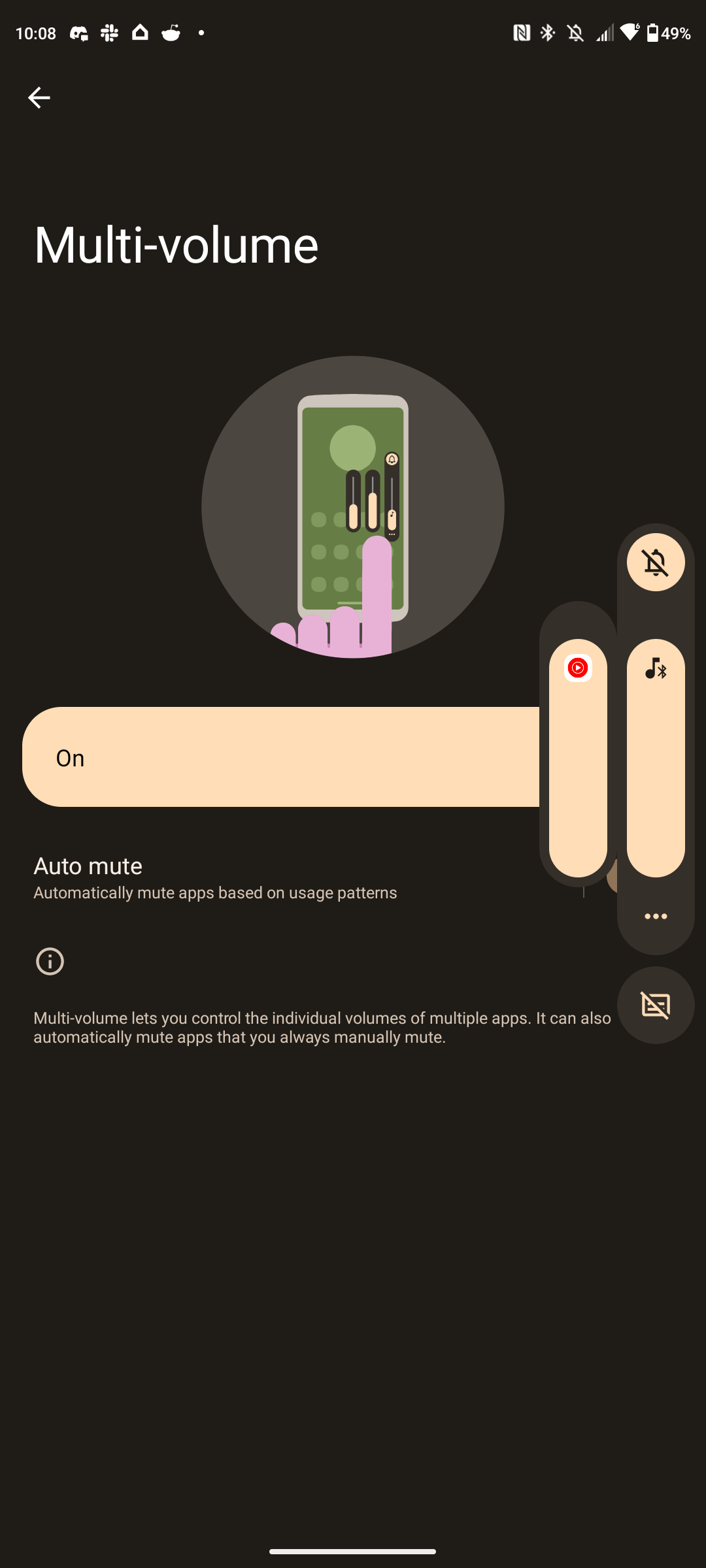
But these types of “sound enhancement” services are really meant to fix sound quality on low-quality speakers and headphones, and the changes might be negative on higher-quality speakers. I also found it horrendously difficult to figure out where the Verizon Adaptive Sound app was and how to adjust the settings once I’d made my initial selection.
But Motorola’s addition of per-app volume adjustments in the system volume slider was really an excellent addition that I’d love to see on other phones. Click the volume slider, tap the “more” button, and you’ll see sliders appear for all the apps currently playing sound. It’s really awesome.
Double-tapping the power button to launch the quick menu is also nice, but the options here are super limited. You can only add 6 icons to the tray which, for me, simply isn’t enough and limits its usability. The actions that can be done are cool but are heavily reliant on developers to add quick launcher actions to their apps.
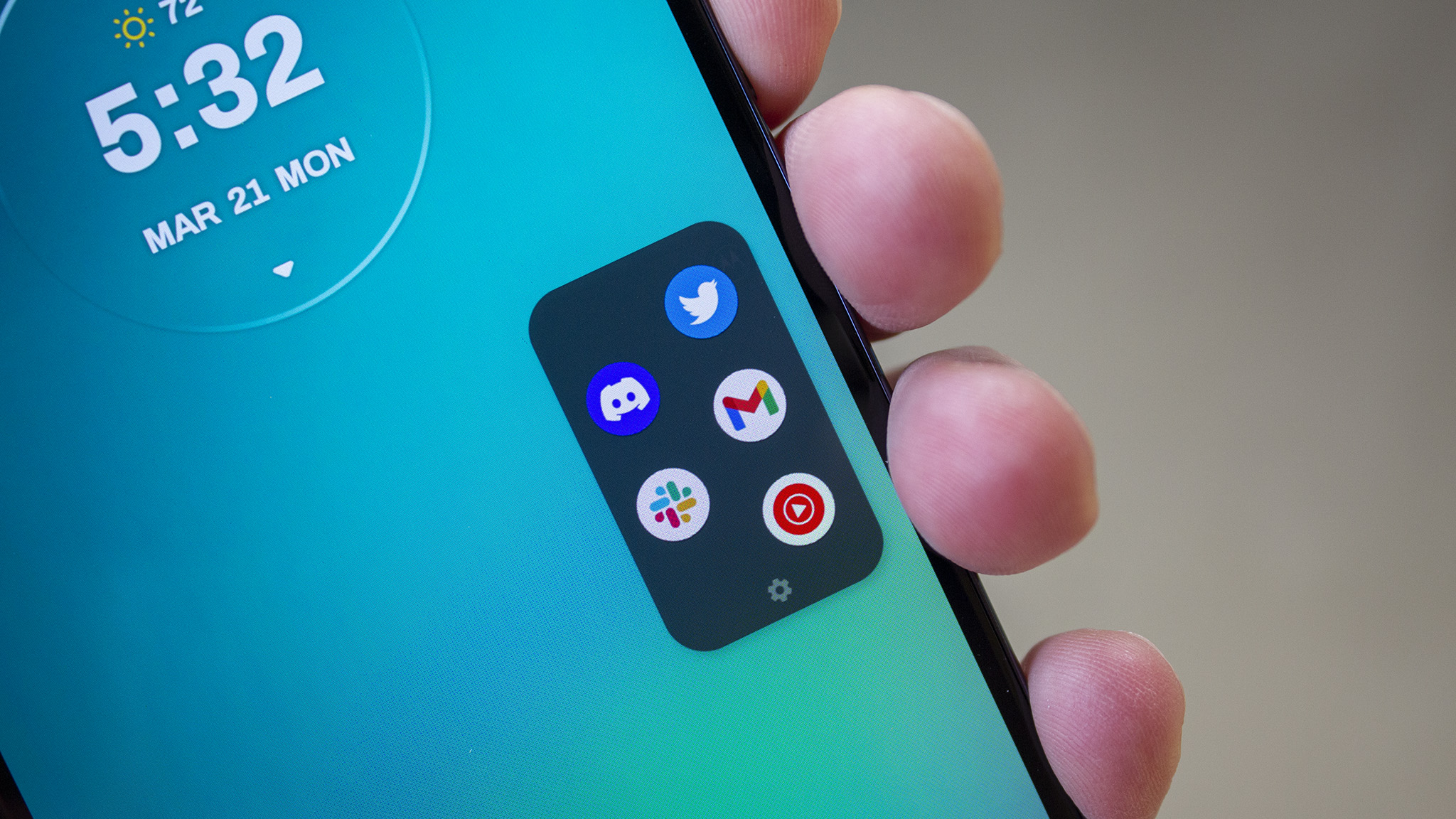
Lastly, Motorola continues to push its “Ready For” technology, which is designed to go head-to-head with tools like Samsung’s DeX. While Ready For is super cool, it’s also super dependent on your home’s Wi-Fi connection. The TCL TV I use at a monitor in my basement office was the only option I had to cast to and it was completely unusable.
I’ve got the TV on the same Wi-Fi network as the phone but clearly, the latency/bandwidth is not fast enough to make the interface usable. I was looking at well over a one-second delay between me touching the phone’s display and the cursor moving on the TV.
Camera
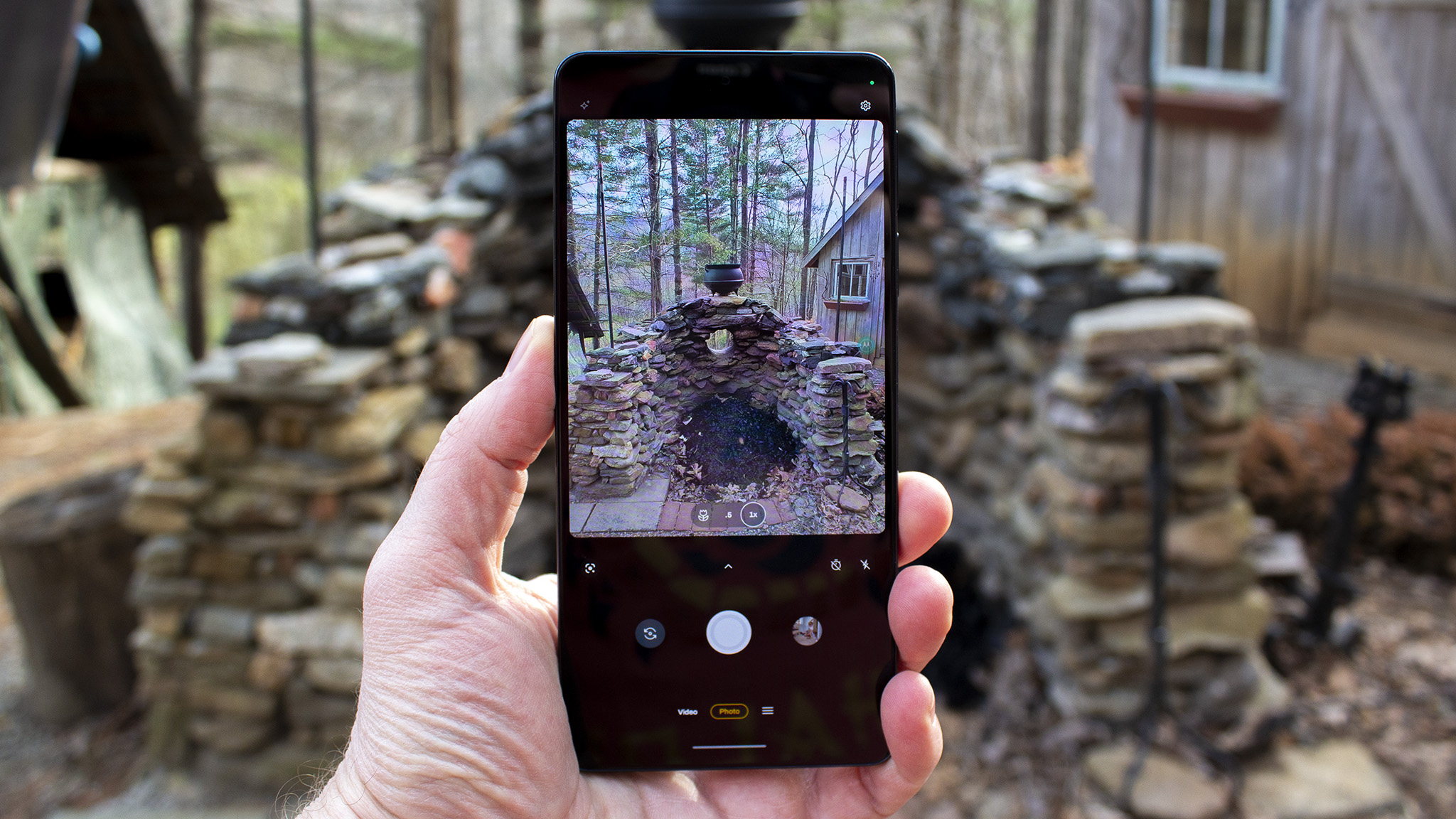
If you were expecting a good camera on a $1,000 phone, the Motorola Edge+ (2022) isn’t going to meet those expectations. Among the many issues, the biggest omission at this price is a complete lack of a telephoto camera. Instead, that third camera you see on the back is a 2MP depth sensor for taking what Motorola calls better portrait shots. While I’m not even sure that’s true, prioritizing a depth sensor over a telephoto one is a terrible decision.
At this price, customers absolutely expect a phone to have at least reasonable zoom quality in 2022. As it stands, this phone produces some of the worst zoom quality I’ve seen on a flagship phone in years. Here it is compared to the $900 Pixel 6 Pro:
Both of the examples above are at 10x — the phone’s maximum zoom level — but the quality isn’t much better at closer zoom levels. Part of that is a lack of a telephoto camera, but the other part is that Motorola’s processing just isn’t particularly great. Photos mostly look OK on the phone’s display but, once you zoom in or view them on any kind of larger display, they fall apart quickly.
Most photos I took with the main camera were mediocre, at best. Despite being a newer 50MP sensor and Motorola touting significant improvements in imaging software, the results are normally quite a bit behind the competition at this price range.
The three examples above showcase three distinctly different lighting conditions. Only the second one — a shot taken indoors with bright sunlight pouring in through a window above, which causes a haze over the lens of both cameras — is a scenario where the Motorola Edge+ (2022) even came close. The difference in lower lighting conditions, which is illustrated below, is only more drastic.
There's really no need to mince words here. The result from the Motorola Edge+ (2022) looks like it was taken from a phone from a decade ago. Not much else to say. It's really not pretty.
So about the ultra-wide-angle camera? Nope. That's not any better, either.
At the very least, the front-facing camera is in slightly better shape although, that too isn't as good as the competition.
The Competition
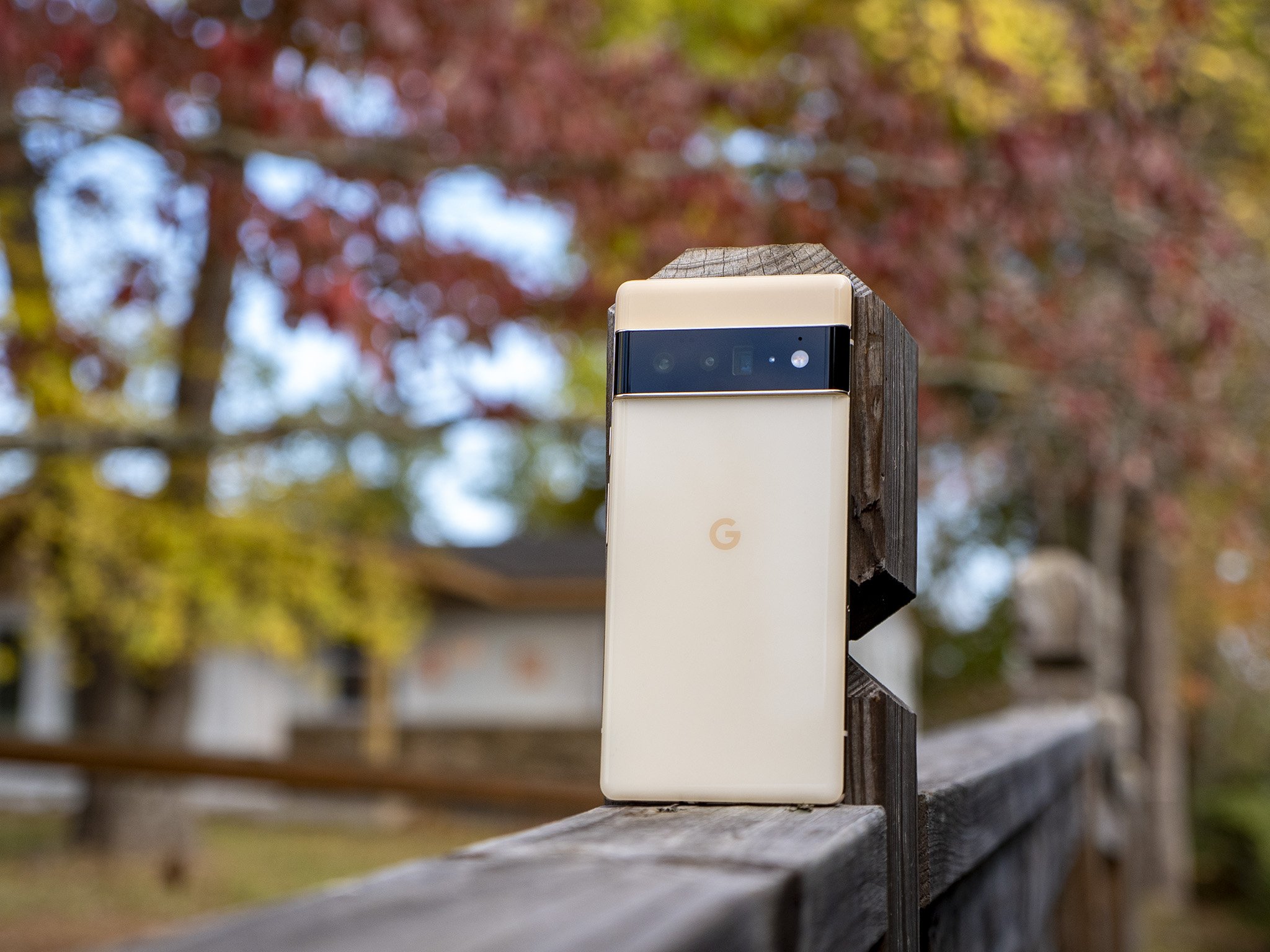
At the MSRP of $1,000 the closest exact competition is the Samsung Galaxy S22+. That phone carries nearly identical dimensions, the same processor, and a beautiful, bright high-refresh rate OLED panel. Samsung backs its phones with two additional years of updates over Motorola's offerings, and the camera is all but guaranteed to beat the Edge+'s in every situation.
But why not save $100 and go for the $900 Pixel 6 Pro, instead? It's a better phone in almost every way — with the exception of some of those lovely Motorola software features — and the camera will blow Motorola's offerings out of the park. It's also set to receive an additional Android update to Android 15 by the end of its support life.
If you're going through your carrier to get a deal on the Edge+, it's also likely that the two phones mentioned above will be on sale or have trade-in offers to lower their price. Both phones also have the best water and dust resistance a smartphone can offer, which is something Motorola also doesn't offer with the Edge+.
Should you buy it?

You should buy this if...
- You can get a really good deal on one.
- You're a diehard Motorola fan and can't live without My UX features.
You shouldn't buy this if...
- You need a great camera.
- You're planning on keeping your phone longer than 2-3 years.
- You need a phone with very good battery life.
Even if you were to get the Edge+ at a lower price, there's almost assuredly a better phone available to choose from. While Motorola's software continues to be a lovely experience, including some great quality of life features over Google's version of Android on the Pixel, that's about where the advantages stop.
The 144Hz OLED panel on the Edge+ is great but the 24Hz refresh rate advantage is not likely one you'll notice during use over the 120Hz panels on other competing phones. I think the camera comparisons above also speak for themselves. This is not a great phone, and it's only made worse by the exorbitant price Motorola is charging for it.

